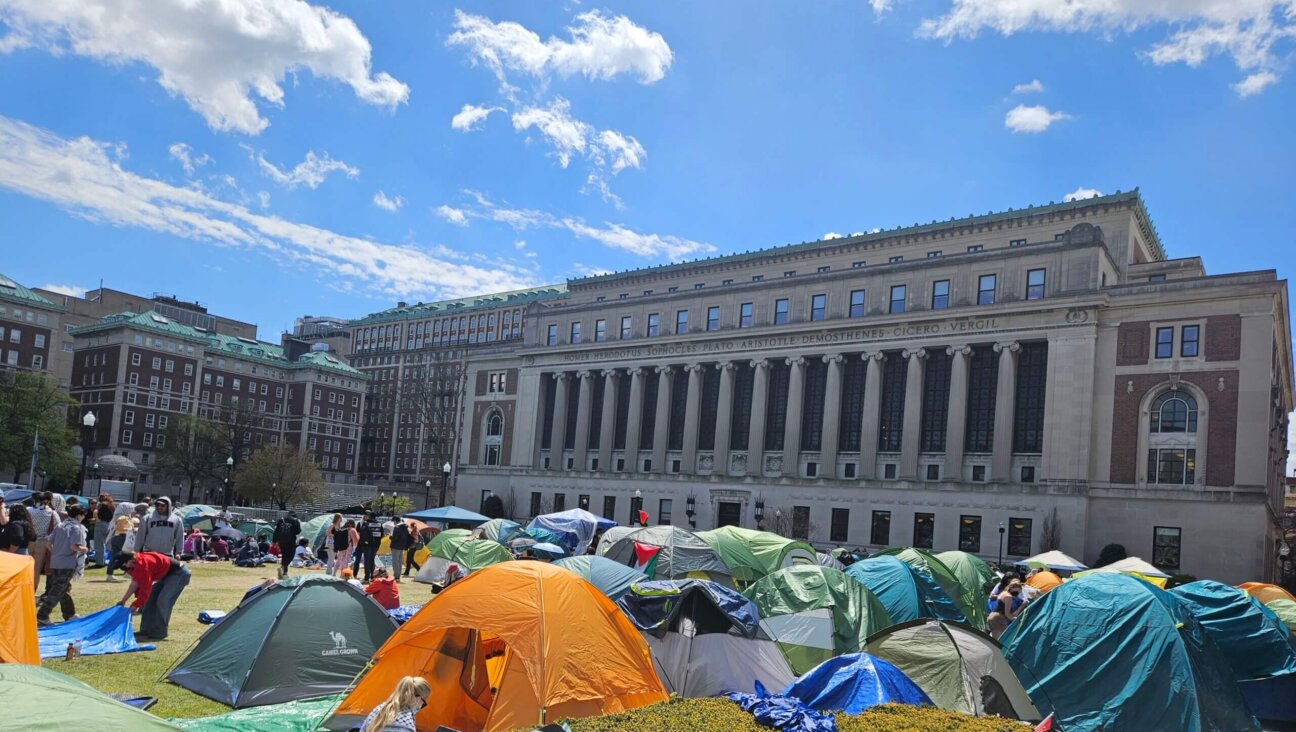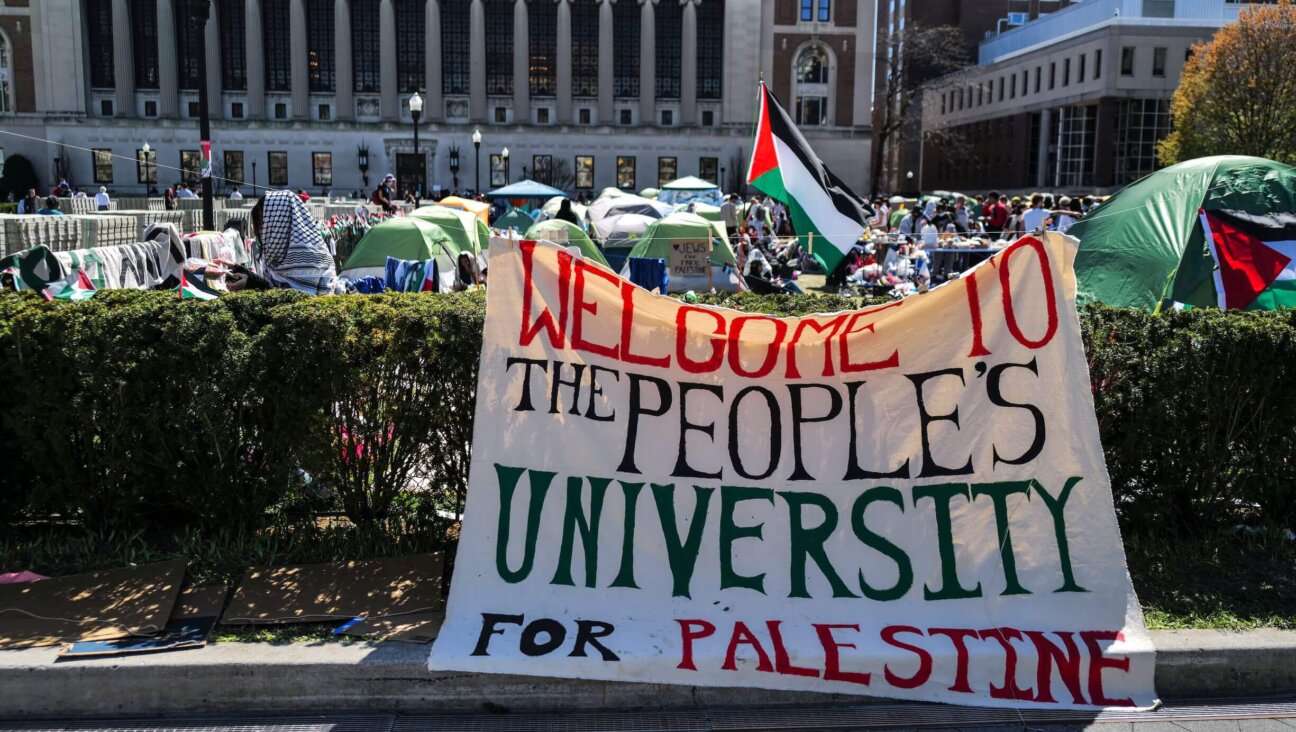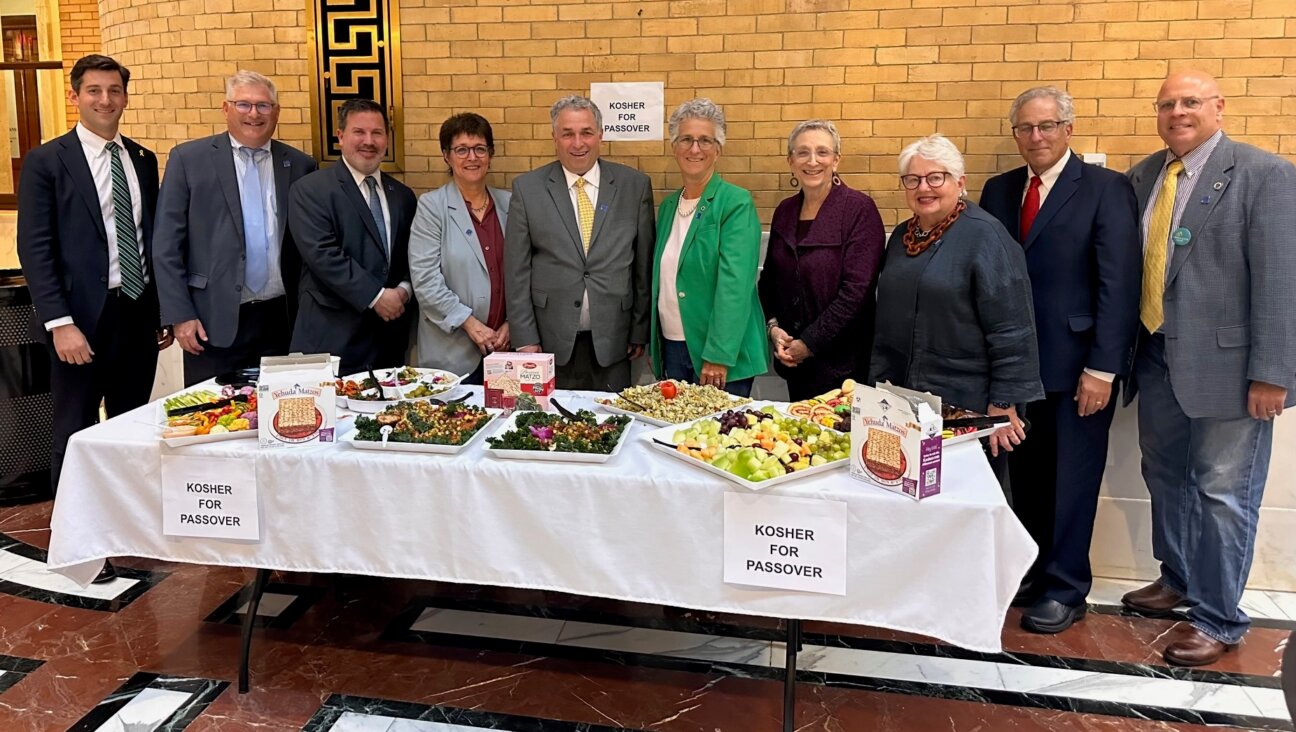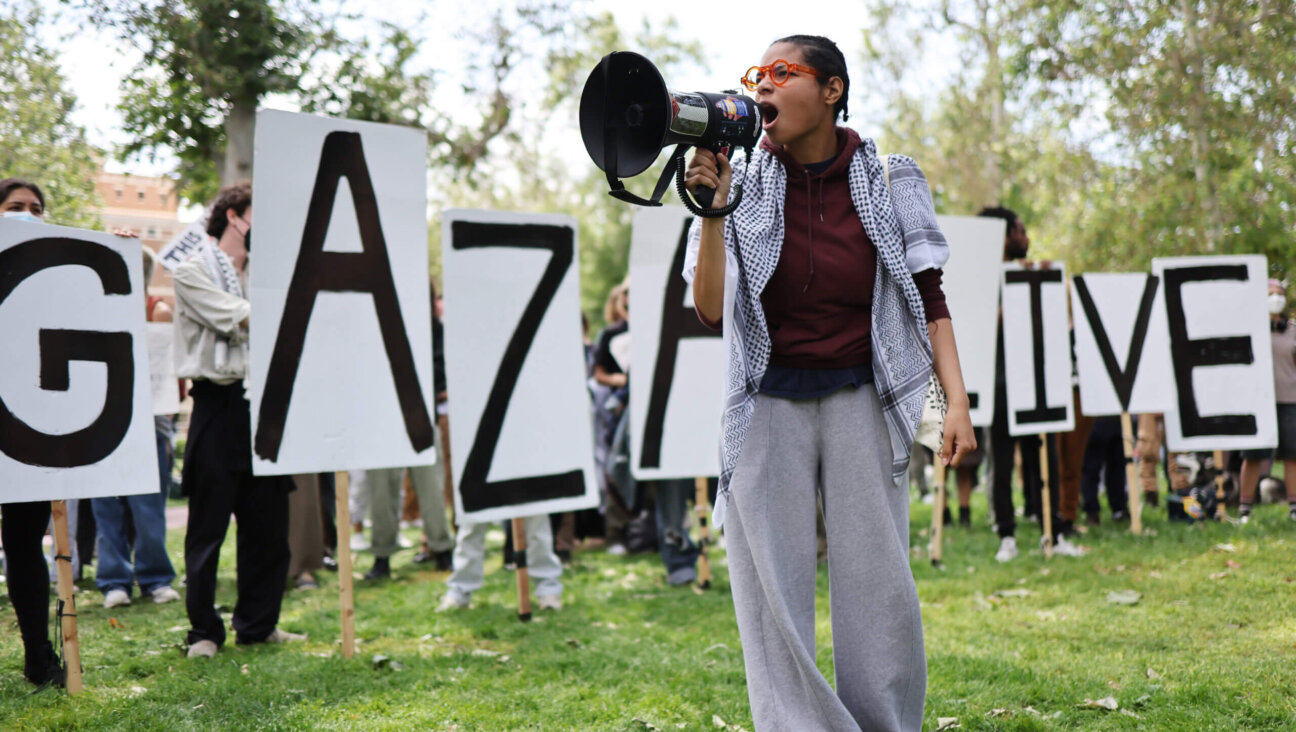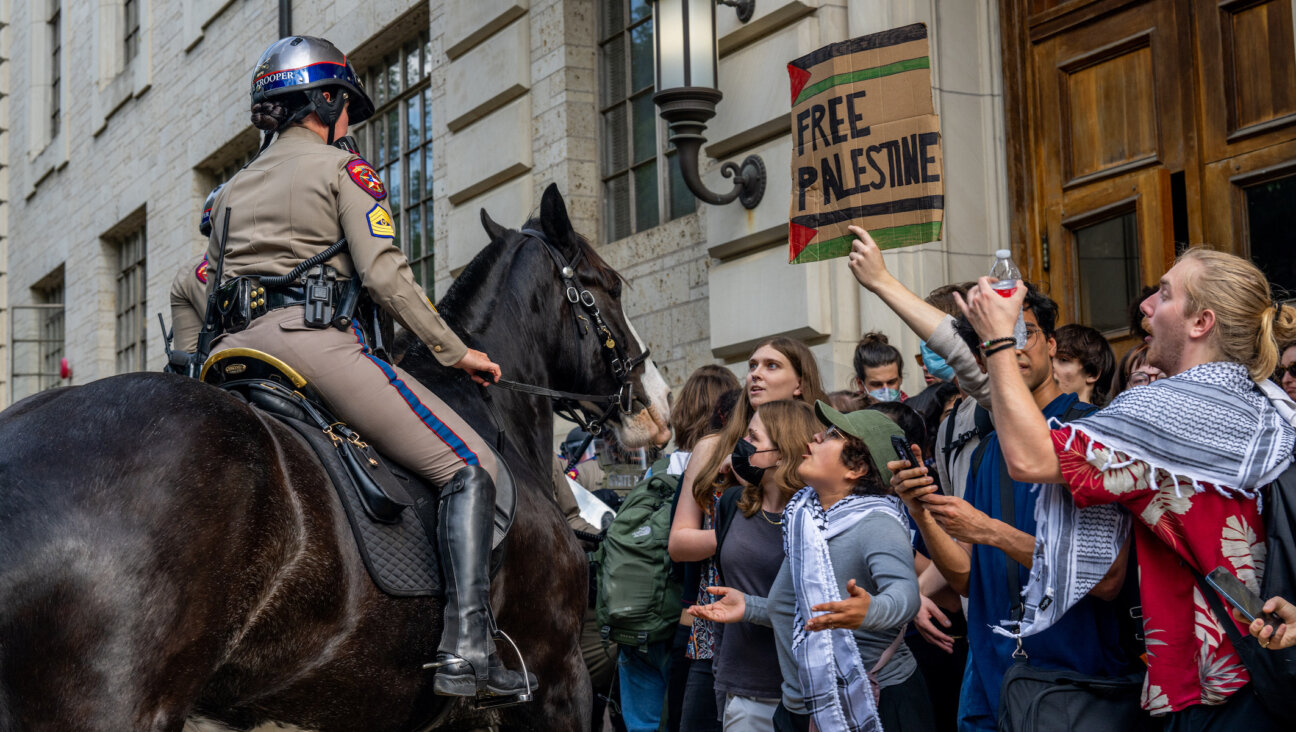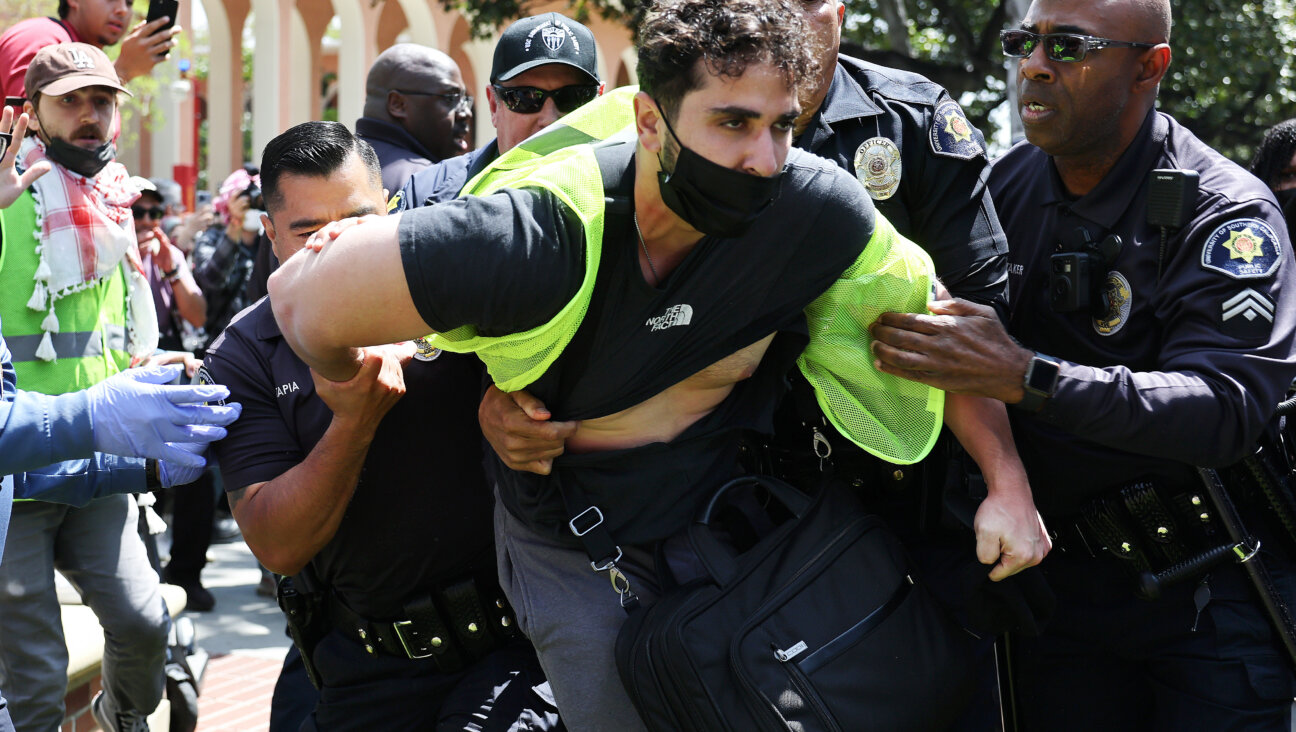New hope for a new year

Image by Adam Derstine
As this year filled with so much loss, hardship and trauma draws to a close, I am grateful for signs of hope for the New Year. Americans, including many heroic frontline healthcare workers, are starting to receive vaccinations for COVID-19. The Biden-Harris transition team is already working on a comprehensive, science-based plan to combat the coronavirus. And new therapeutics appear to reduce the severity and lethality of this disease.
I am relieved that Congress is negotiating an urgently needed COVID-19 relief package with funding for vaccines, education, small businesses, unemployment benefits, direct relief checks, food programs, student debt relief and rental assistance, including for rural and other hard-hit communities. But Senate Majority Leader Mitch McConnell is obstructing the resources states and localities need to respond to the pandemic, and I worry that the package will be grossly insufficient to alleviate the hardships so many Americans are suffering. Forty-five of America’s 50 largest publicly traded companies have turned profits since March, even as nearly 8 million Americans fell into poverty. An additional 85.4 million adults (36 percent) are on the knife-edge of poverty, struggling to pay for food, rent and bills.
And COVID-19 is surging. Vaccines will not eliminate the need to take precautions—face coverings indisputably reduce the spread of the virus and, rather than being political statements, show our mutual obligation. Tackling the virus takes all of us. We all yearn to be with family and friends, but our holidays must look very different than in the past. Our actions over these weeks will affect the course of 2021, including when, how and whether we can safely reopen schools.
Reopening schools is essential for our children’s well-being and education, and to reopen the economy, but it must be done safely and responsibly. President-elect Biden has laid out his goal to reopen the majority of schools in his first 100 days with the necessary resources and public health safeguards. Here’s a blueprint for how we can do this:
Get the virus under control. Enact a national system for testing and contact tracing; implement targeted closures of schools, bars and other meeting places; ensure our exhausted healthcare workers have everything they need; and administer approved COVID-19 vaccines. Put health safeguards in schools, including vaccines. We know what works: comprehensive testing and tracing, proper ventilation and cleaning, masks and more staff for smaller, socially distanced classes. After frontline healthcare workers, students and school staff should have priority for vaccination, aligned with the reopening of schools.
Make distance learning as effective and engaging as possible. Teachers are working extraordinarily hard; they deserve support to do their best. That requires resources—planning time, staff to support students’ individual needs, and ending the ineffective practice of simultaneous online and in-person learning.
Wrap services around students. This includes food programs, guidance counselors and health and mental health services, and vaccine distribution.
Use assessments to support learning. Project-based and performance-based assessments make sense now more than ever, so students can show what they know and teachers can individualize instruction. From the sheer logistics to limited utility of standardized testing this spring, using them for accountability makes little sense.
Provide instructional supports to advance achievement and close learning gaps. We are all concerned about learning loss, deepening achievement gaps and extended disruptions to children’s schooling. But the direst predictions assume there will be no serious investments in our under-resourced schools and communities. Research shows that young people’s life trajectories can be substantially improved with community schools, smaller classes, tutors coordinating with teachers, extra learning time, enriched after-school and summer school, social and emotional learning and culturally responsive practices.
Ensure reasonable accommodations. School staff who are at heightened risk of serious illness, and those with high-risk family members, must have the opportunity to work remotely. The biggest concern I hear from educators is that they will make their families sick. No one can teach with that kind of fear.
Build trust through transparency and engagement. Districts that have successfully reopened schools have involved educators, like in New York City, where they have a labor-management council to problem solve and provide school staff with voice and agency. With the necessary protocols, we can cautiously return to in-person learning. But schools are not islands. Americans must summon the will to follow science both in school and out. If we do, children throughout the country can return to school for the second semester and then for voluntary summer semester programs.
This has been an incredibly tough year, but hope is on the horizon. On behalf of the 1.7 million members of the American Federation of Teachers, we wish you healthy, happy holidays and a New Year in which every person in America, including and especially the neediest, has the opportunity to thrive.

I hope you appreciated this article. Before you go, I’d like to ask you to please support the Forward’s award-winning journalism this Passover.
In this age of misinformation, our work is needed like never before. We report on the news that matters most to American Jews, driven by truth, not ideology.
At a time when newsrooms are closing or cutting back, the Forward has removed its paywall. That means for the first time in our 126-year history, Forward journalism is free to everyone, everywhere. With an ongoing war, rising antisemitism, and a flood of disinformation that may affect the upcoming election, we believe that free and open access to Jewish journalism is imperative.
Readers like you make it all possible. Right now, we’re in the middle of our Passover Pledge Drive and we still need 300 people to step up and make a gift to sustain our trustworthy, independent journalism.
Make a gift of any size and become a Forward member today. You’ll support our mission to tell the American Jewish story fully and fairly.
— Rachel Fishman Feddersen, Publisher and CEO
Join our mission to tell the Jewish story fully and fairly.
Only 300 more gifts needed by April 30


